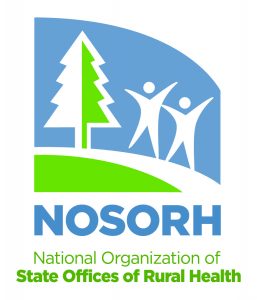
Infant mortality rates in the USA are highest among Black Americans, yet there are considerable differences between regions of the country. Infant mortality among Blacks is highest in the Midwest and lowest in the West and Northeast. To examine the state and county-level factors that might explain these patterns, researcher Ashley Hirai of MCHB collaborated on a study published in PLOS ONE that was led by Veni Kandasamy, a former HRSA fellow now at John Hopkins University.
The study looked at many factors. When taken together, those factors explained one-third of the regional differences. Factors that “protected” Black infants—or in other words, were associated with lower infant mortality—included: being born in a state with higher levels of Black-White marriage rates (proxy for social integration); being born in a state with higher maternal and child health funding per capita; and, being born in a county with higher levels of Black household income.
To learn more, find the full article in PLOS ONE or contact Ashley Hirai.


